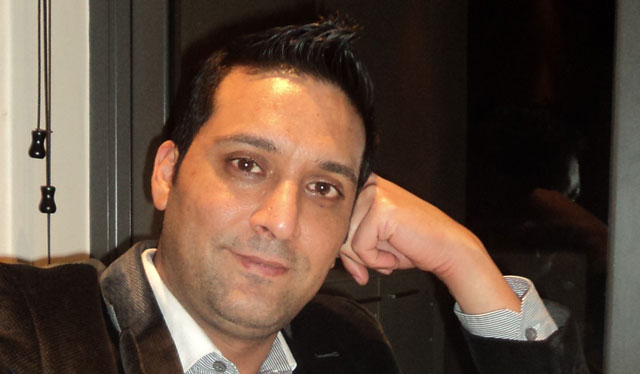
The DG Murray Trust, an investment trust founded through endowments from late construction mogul Douglas Murray and his wife Eleanor, and which disburses about R100m/year to organisations involved in socioeconomic development, has turned its attention to finding ways of reducing South Africa’s telecommunications costs.
Murray was a former head of construction firm Murray & Roberts. He succeeded his father John Murray, who founded Murray and Stewart in 1902. The business was merged with Roberts Construction in 1967 to form Murray & Roberts.
The DG Murray Trust has provided a “substantial” grant to explore ways of reducing the cost to communicate, especially for poor communities in South Africa. “The trust is heavily involved in education,” says business development manager Justin Zar. “They see this fitting in nicely with the type of programmes they focus on.”
The project’s lead consultant, Ahmed Kajee, says that the “high cost” of mobile communications in South Africa makes it difficult for poor people to access services such as online job portals and health information resources that they could use to improve their lives.
“The mobile network operators have to acknowledge that the cost to communicate is high and that this is impeding socioeconomic development and commerce,” Kajee says. “They need to be a part of the process. It’s not a fight between us and them. They need to earn their legitimacy in South African society and come to the table.”
The trust is proposing a number of specific interventions it believes will help poor communities.
The first of these is a “social service data register” that lists bona fide mobile-based social services that are aimed at socioeconomic development, whether they use a mobile website, USSD, SMS or an interactive voice response service.
“A regulation should be passed that makes it obligatory for mobile network operators and Internet service providers to offer all services listed on that register free to the end consumer,” Kajee says.
A second intervention involves the Independent Communications Authority of South Africa creating a mobile telephone numbering range specifically for nonprofit organisations working in poor communities. Many of these organisations are faced with high telecoms costs, Kajee says, and government “ought to make provision for a specific numbering range that is subsidised by the operators and even by government”.
Nonprofit organisations would then pay a preferential rate — Kajee suggests the 6c/minute that currently applies to community service telephones. “Anyone using that numbering range has to be a registered section 21 company.”
A third, more ambitious intervention involves creating an open-access mobile network. “Certain spectrum should be allocated to nonprofits to allow them to benefit others and reduce the cost of communications,” Kajee says. He thinks the best way to approach this would be to create a “cooperative” of interested parties, including commercial operators and civil society organisations.
“The current incumbents won’t necessarily be guaranteed ownership unless they agree to cooperative rules. This would guide the process of how GSM spectrum is managed to help the marginalised.”
Another proposal involves the established of a not-for-profit mobile virtual network operator — Virgin Mobile is an example of an MVNO — coupled with an enforced reduction in the wholesale cost of third parties accessing and reselling the mobile operators’ networks.
“The mobile operators are not prepared to reduce costs at wholesale level so that the industry can reduce costs for the end user. The MVNO we want to set up requires interconnect, but at the wholesale cost level we are not able to make it feasible. We have a model where we intend to look at subsidising poor people through the more affluent people’s contracts and charges.”
The trust is also considering how to bring broadband to the informal sector in a cost-effective way. “We’re looking at how to bring broadband to spaza shops,” says Kajee.
“Informal retailers have the infrastructure already from which to serve the local community. We want to allow them to beam out broadband through Wi-Fi to nearby communities cheaply, and for this to be managed by the store operators. We hope to build that business case over the next three to four months.”
There’s also a plan to focus on fixed lines, identifying where nonprofit organisations in metropolitan areas are located, and finding ways of serving those that are concentrated in certain places. — (c) 2013 NewsCentral Media




